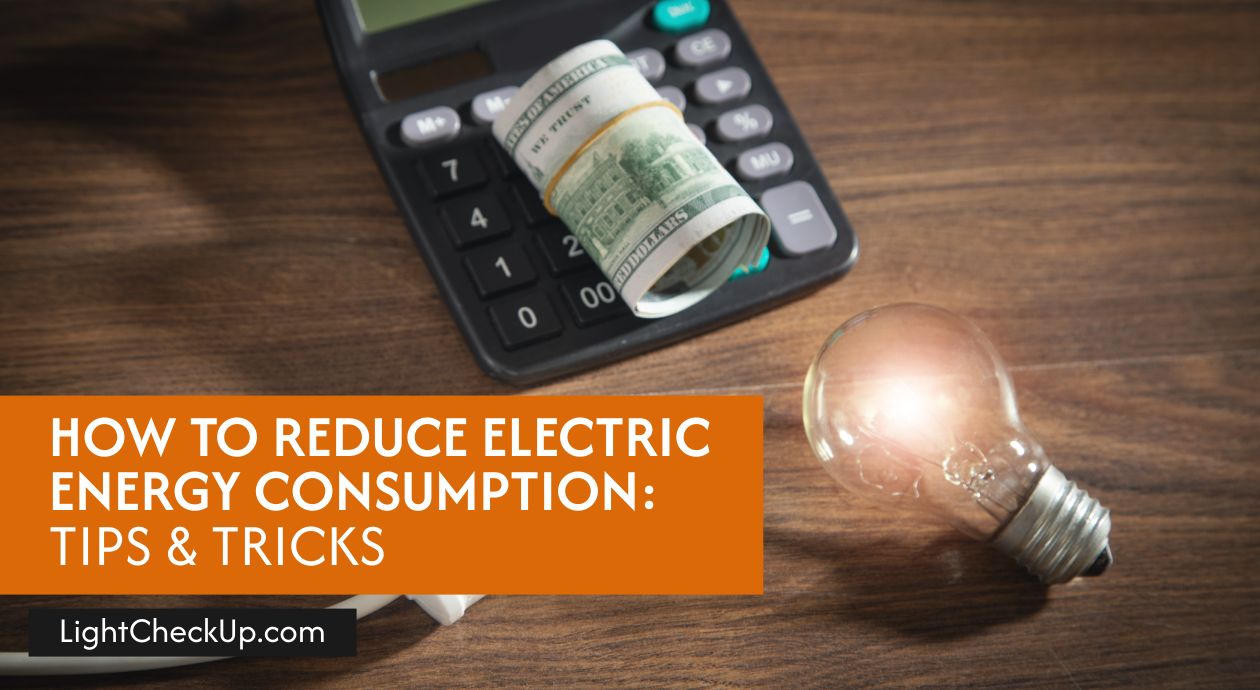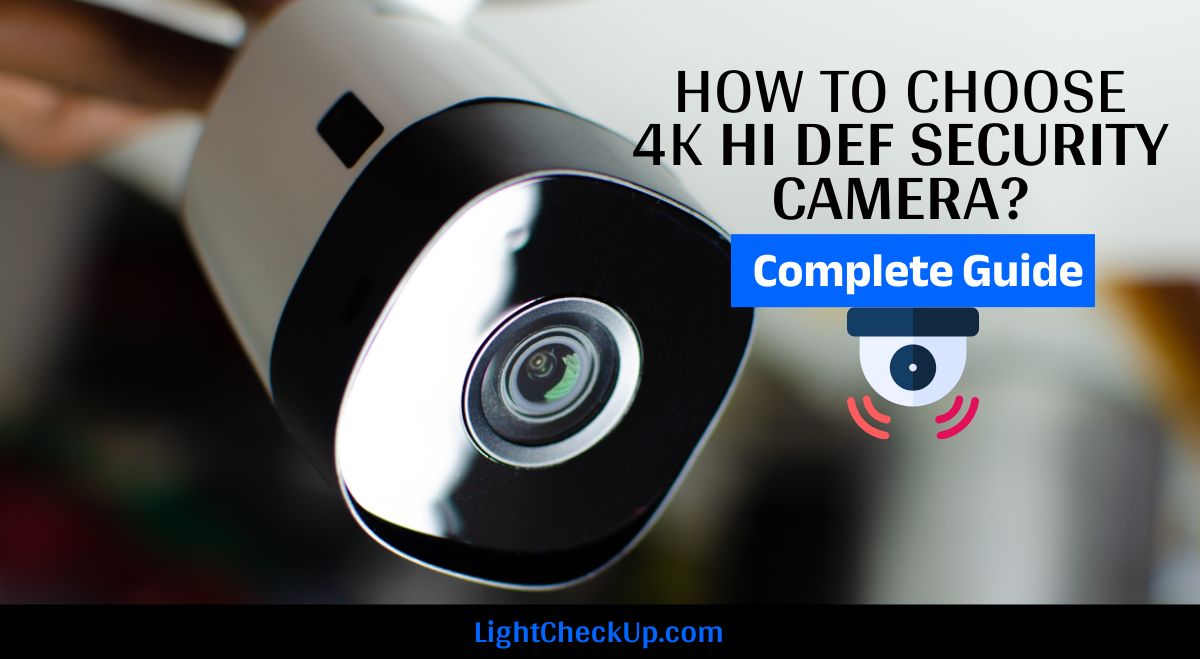Why are my brake lights not working but my tail lights are? It can be worrying. Brake lights are not only essential for safety but also alert other drivers to your presence on the road.
Your brake lights will alert other drivers to your braking distance, so they can react in time to avoid a collision. Brake lights may also reduce the likelihood of being rear-ended or overtaken.
We will discuss the causes of brake lights not working, the associated safety risks, and how to fix brake lights.
Why Are My Brake Lights Not working while driving?
Here are six common causes of brake lights not working:
1. Faulty bulbs
What to do if brake lights don’t work while driving? Brake lights are constantly on and off, exposing them to a high rate of wear and tear. The filament in brake light bulbs can break or weaken over time, causing burnout or malfunction. It’s especially common in old cars with incandescent brake lights. In newer cars, LED brake lights have a longer lifespan.
2. A defective brake light switch
A brake light switch is a vital component that activates the brake lights when the brake pedal is pressed. It’s just an on/off switch that lets power flow to the brake lights. When the brake light switch fails or is faulty, it disrupts the circuit, so the brake lights don’t work.
3. Blown fuse or broken fuse box
Fuse boxes protect the vehicle’s electrical system from overloads and surges, preventing damage. Fuse boxes have individual circuit fuses, like the brake light circuit. If the brake light fuse blows, the lights won’t work. Similarly, a damaged or malfunctioning fuse box can disrupt brake lights’ electrical circuits.
4. A poor electrical ground
The electrical ground serves as a route for electricity to return to the vehicle’s battery, completing the circuit. Some vehicles can have electrical ground problems that prevent brake lights from working. You may encounter this issue if wiring connectors are corroded or wire ends are damaged.
5. Faulty wiring
Brake lights receive power from the vehicle’s electrical system through the wires that connect to them. These wires are subject to corrosion and damage from harsh weather conditions or rodent chewing. Brake lights can malfunction or fail if the wires are damaged or corroded.
6. Moisture in the brake light housing
A crack or seal in the brake light housing can let moisture in. Adding moisture to the brake light bulb can shorten it. Also, moisture can corrode the brake light socket, further affecting the brake lights.
Read Also: How To Repair Your GR86 Tail Lights : 6 Hacks That Can Save a Lot of Dollars
How do I diagnose malfunctioning brake lights?
So, what to do if brake lights don’t work while driving? Here’s some steps:
Step 1: Check the bulb and fuse
- Ensure the brake switch, turn signal switch, and tail light bulbs are in proper condition.
- A turn signal and brake pedal activate the already-illuminated bulb.
- Brake lights are also connected to turn signals. If the turn signal switch is damaged, the brake light won’t come on.
- Connect the brake light switch to the turn signal switch.
- Test both switches with a test light.
- If the test light isn’t on, replace the wire.
Step 2: Check the bulb sockets.
- Look for corrosion or melted plastic on the bulb or light socket.
- Maintain a clean bulb socket.
- Q-tips, microfilm, or sandpaper can clean bulb sockets.
Step 3: Check ground and voltage
- Make sure the ground and voltage connections are correct.
- When the brake pedal is pressed, test the brake pedal switch voltage.
- Locate the ground points and which wire provides 12V battery power to the brake light according to the vehicle’s wiring diagram.
- Check the socket pins.
- If the socket lacks voltage, check the 12V wire.
- Confirm the continuity settings.
- If the ground is stable, remove the ground bolt and clean the terminal.
- If the ground is damaged, replace it.
Read Also: How To Wire Auxiliary LED Lights In 40 Minutes Or Less
Risks of driving with broken brake lights
Brake lights and taillights play a crucial role in preventing vehicular collisions. If your car’s brake lights not working illegal to drive. Also it is dangerous to drive with malfunctioning rear lights or while brake lights not working.
Risk of accident increase
When a car slows down or stops, its brake lights indicate it to the following vehicles. Brake lights and taillights that don’t work properly increase rear-end collision risks significantly.
Problems with transmission systems
Some vehicles have shift lock override mechanisms that prevent gear changes due to a malfunctioning brake light. If you drive with broken brake lights, you may damage the transmission system.
Adverse weather conditions increase danger
It is even more dangerous to operate faulty rear lights in harsh weather conditions, such as heavy rain, snowstorms, or dense fog. Other drivers can discern braking intentions only through functioning brake lights and taillights. Without these visual cues, collisions can occur.
It is extremely dangerous to drive with a broken brake light or while the brake lights not working. If your brake lights malfunction, you and others must address them promptly.
Read Also: How To Easily Check High Mounted Brake Light In Less Than 10 Minutes
FAQs about Brake lights not Working
How Much Does It Cost to Replace a Brake Light?
It typically costs $5 to $10 to replace a brake light bulb. Labor charges may vary depending on the mechanic and the complexity of the replacement process. Brake light replacement costs between $20 and $30.
What is the average time it takes to replace a brake light?
Brake lights not working! It takes about 40 minutes to an hour to replace a brake light. This timeframe is typically achievable by experienced mechanics.
What causes the brake lights to stay on when the car is off?
Burned-Out Brake Light Bulbs: The most common reason brake lights stay off is burned-out brake light bulbs. It’s an inexpensive and easy fix.
Faulty Brake Light Switch: As mentioned earlier, a faulty brake light switch can also prevent brake lights from turning on.
Grounding Issue: A grounding issue can also cause brake lights to stay on.
Faulty Brake Light Socket: The brake light socket can also malfunction and prevent brake lights from turning on. Corrosion or a loose connection may be the cause of this.
How to test faulty ground connections with a voltmeter?
You will need to set your voltmeter to the continuous (ohms) setting. When you tested the ground bolt earlier, touch one of the probes to it.
Test all ground connections by touching the probe to the metal connecting lug or terminals as close to the grounding bolt or area as possible.
You know the ground is sound if you hear a beep. Even with this, it’s an excellent idea to loosen the ground bolt, clean the terminal, and reinstall.
If you don’t hear the beep, then the ground you are testing isn’t connected to your reliable, known ground point. It makes this testing location suspect.
Verify grounding locations or wires up to the socket.
Read Also: Dodge Ram Tail Light Circuit Board Issues
How long do brake light bulbs last?
An average brake light bulb lasts 4 years, or 40,000 miles. It is important to note, however, that certain factors, such as frequent braking in busy traffic, may reduce their lifespan. LED lights are often used in vehicle taillights and headlights, which last significantly longer than traditional incandescent bulbs.
Can I drive without brake lights?
A vehicle with malfunctioning brake lights or taillights is a serious safety hazard. The absence of these crucial visual signals increases rear-end collision risk, especially in low-visibility conditions. In addition, non-functional brake lights can lead to traffic violations and fines.




















Average Rating